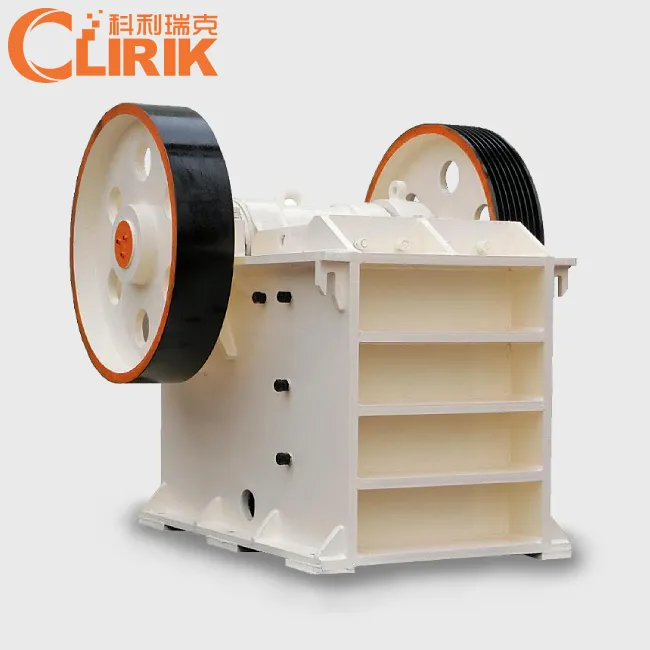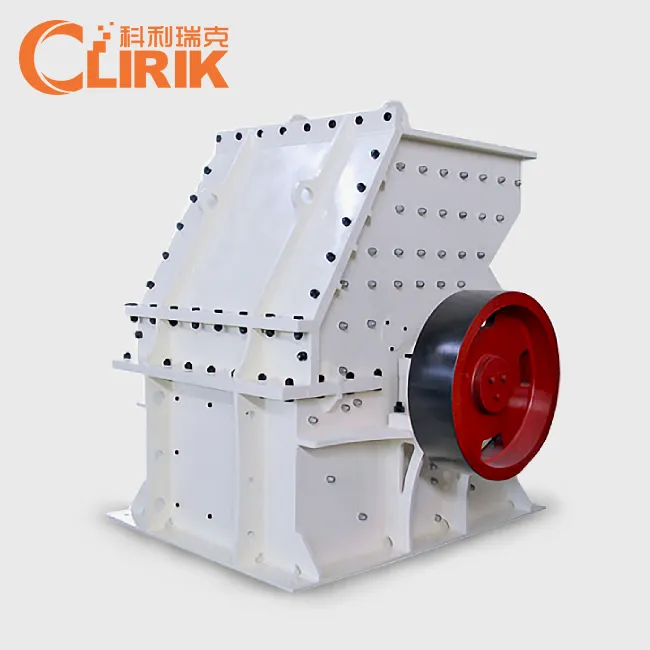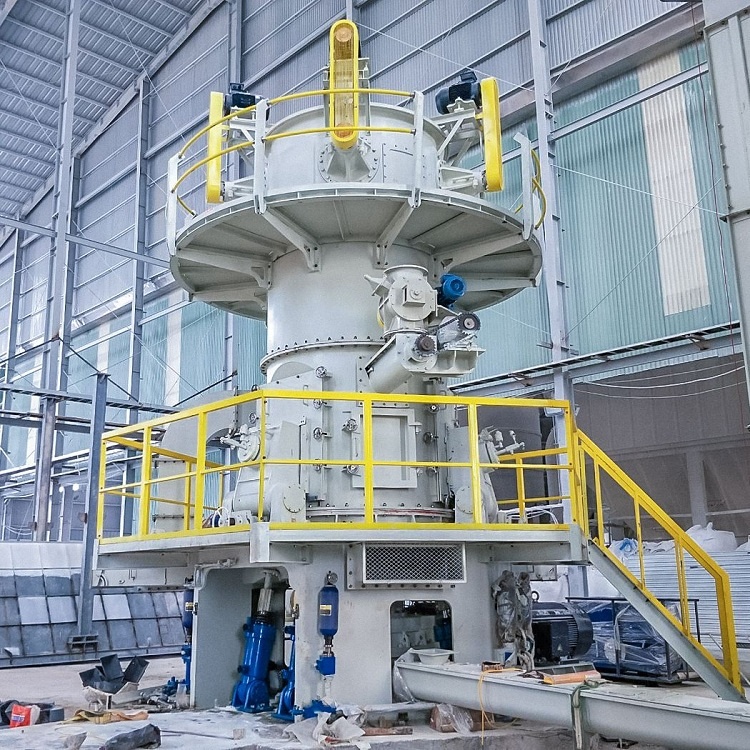Talc is a magnesium silicate with a special layered structure, its chemical properties are stable, it has a unique pore structure and a large specific surface area. Powdered talc has lipophilic hydrophobicity and excellent adsorption, and has abundant reserves and low cost. In recent years, talc powder has been successfully applied to the field of sewage treatment.
At present, domestic and foreign sewage treatment methods mainly include physical method, chemical method and biological treatment method. Among them, the adsorption method is widely used because of its simple process, low cost and good effluent quality. At present, the active adsorbent is activated carbon, but its high price and relatively slow purification effect restrict its wide application. Talc is a natural clay mineral. Talc powder is made by separating, crushing, grinding, washing with water, and drying talc blocks. It has a rich source of raw materials and low price. Therefore, more and more scholars at home and abroad have used talc to treat water pollution.
Classification of Major Papermaking Fillers as either Natural or Synthetic
| Mineral composition | Natural products | Synthetic products |
| CaCO3 | Ground limestone (GCC) Chalk(ground) | Precipitated calcium carbonate (PCC) |
| Al2O3·2SiO2· 2H2O | Clay (hydrous kaolinite) | Precipitated aluminum silicate |
| TiO2 | Titanium dioxide (rutile and anatase forms) | |
| Mg3Si4O10(OH)2 | Talc | |
| CaSO4.2H2O | Gypsum |
1. Treatment of papermaking wastewater
The papermaking wastewater mainly comes from the pulping and papermaking production processes in the paper industry. The main components are lignin, cellulose, volatile organic acids, etc. It has the characteristics of high pollutant concentration, large discharge, difficult degradation, and poor biodegradability. It is one of the more difficult industrial wastewater treatment. In recent years, the application research of using talc as coagulant, and filter aid to treat papermaking wastewater has made gratifying progress.
1.1 Used as coagulant to treat papermaking wastewater
Under the best coagulation conditions, that is, the amount of talc mixed with polyferric sulfate (PFS), polyaluminum chloride (PAC), and polyferric aluminum sulfate (PAFS) is 0.8 ~ 1.0, 1.2, 0.4 ~ 0.5g / At L, the removal rate of CODcr increased by 3.0%, 4.0% and 2.5% respectively, and the removal rate of suspended solids (SS) increased by 27.1%, 29.4% and 26.5% respectively. The experimental results show that the results show that superfine talc powder (SFT, average particle size 12 μm) as a coagulant and PAC or PFS coagulation treatment of papermaking wastewater has a significant effect, when the SFT dosage is 1mg / L, its coagulation effect is better than Polyacrylamide (PAM) reduces costs by approximately 23%. One of the reasons for talc as a coagulant is that it has more surface hydroxyl groups. These active functional groups can participate in the surface proton migration and undergo surface complexation reactions to adsorb pollutants.
1.2 Used as filter aid to treat papermaking wastewater
Membrane bioreactor (MBR) is a new water treatment technology combining membrane separation unit and biological treatment unit. It has the characteristics of simple operation and strong adaptability. It has been used to treat papermaking wastewater, but the problem of membrane pollution needs to be solved urgently. The papermaking wastewater is treated by adding talc powder to the MBR. The results show that when the dosage of talc is 1.2g / L (0.1mm pore size sieve is screened out), the removal rate of CODcr can reach more than 90%. The addition of talc filter aid reduces the membrane fouling resistance by 68.5% The resistance of the filter cake drops by 91.1%, which slows down the membrane pollution and prolongs the service life of the membrane. Because the filter aid talc powder has strong adsorption, the sludge flocs are more likely to aggregate and the viscosity is reduced accordingly, which reduces the membrane fouling resistance. The research and development of new cheap talc filter aids is the application of talc new direction.
HOT PRODUCTS

Talc Raymond Mill
Capacity: 1-25 t/h
Max feeding size: 40 mm
Discharge fineness: 50-325 mesh
Range of application: Barite, calcite, potassium feldspar, talc…… [Read More…]

Micro Powder Grinding Mill
Capacity: 0.2-45 t/h
Max feeding size: 20 mm
Discharge fineness: 150-3000 mesh
Range of application: calcium carbonate, kaolin, carbon black, dolomite…… [Read More…]

Talc Ultrafine Grinding Mill
Capacity: 0.2-45 t/h
Max feeding size: 20 mm
Discharge fineness: 150-3000 mesh
Processing materials: non-flammable and explosive non-metallic ores with Mohs hardness less than 7…… [Read More…]

Talc Jaw Crusher
Output Size: 65-160mm
Feed size: 480mm
Capacity: 1-140t/h
Processing materials: Granite, quartz stone, river pebble, calcite, concrete, dolomite…… [Read More…]

Talc Hammer Mill
Output Size: 5-20 mm
Feed size: <350 mm
Capacity: 5-30 t/h
Application: It is widely used for medium and fine crushing of brittle, medium hardness and soft materials... [Read More…]

Talc Vertical Mill
Discharge fineness: 150-3000 mesh
Feed size: <15 mm
Output: 1-20 T/H
Product features: It has high grinding efficiency, low energy consumption, uniform particle shape... [Read More…]


